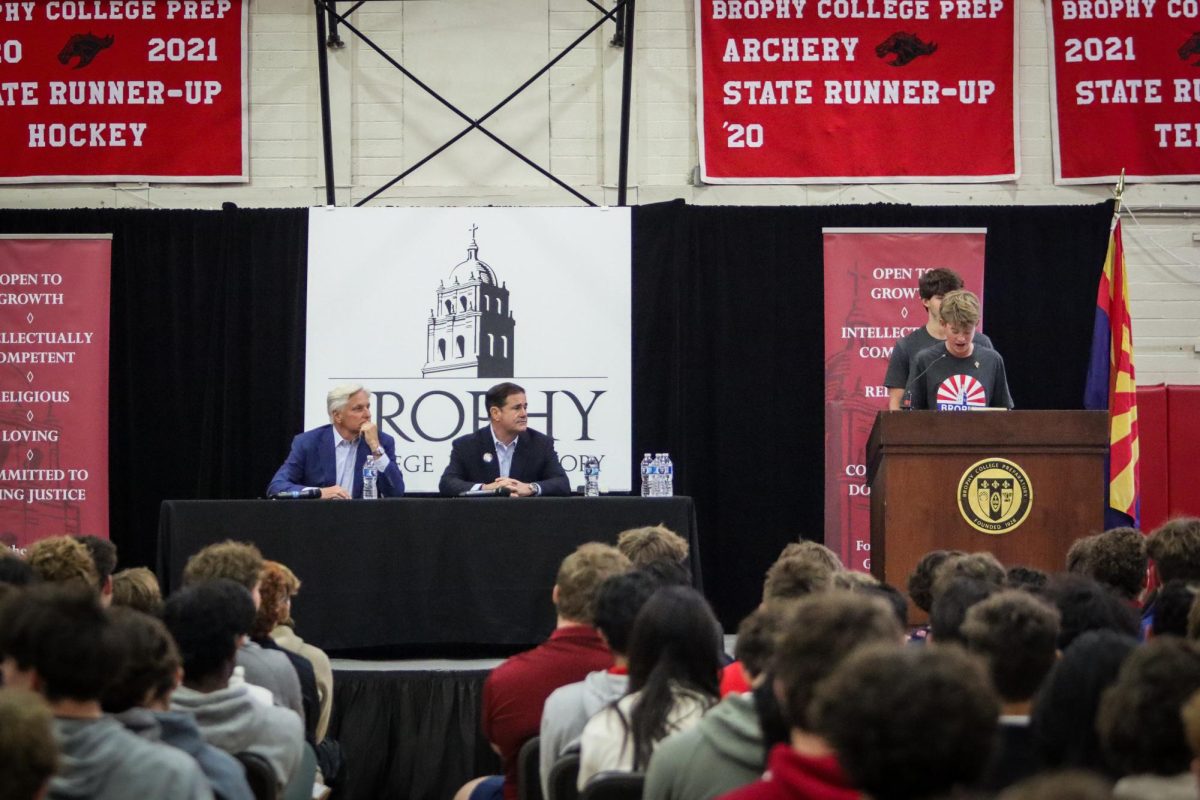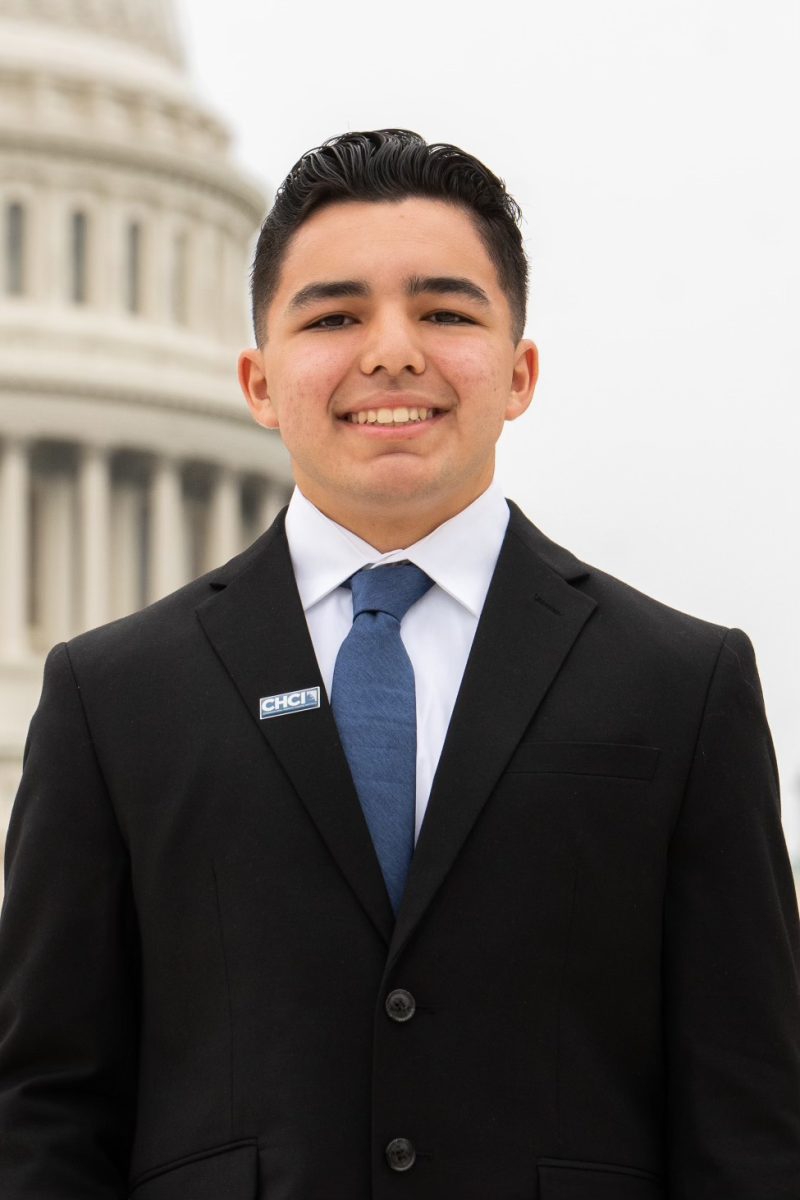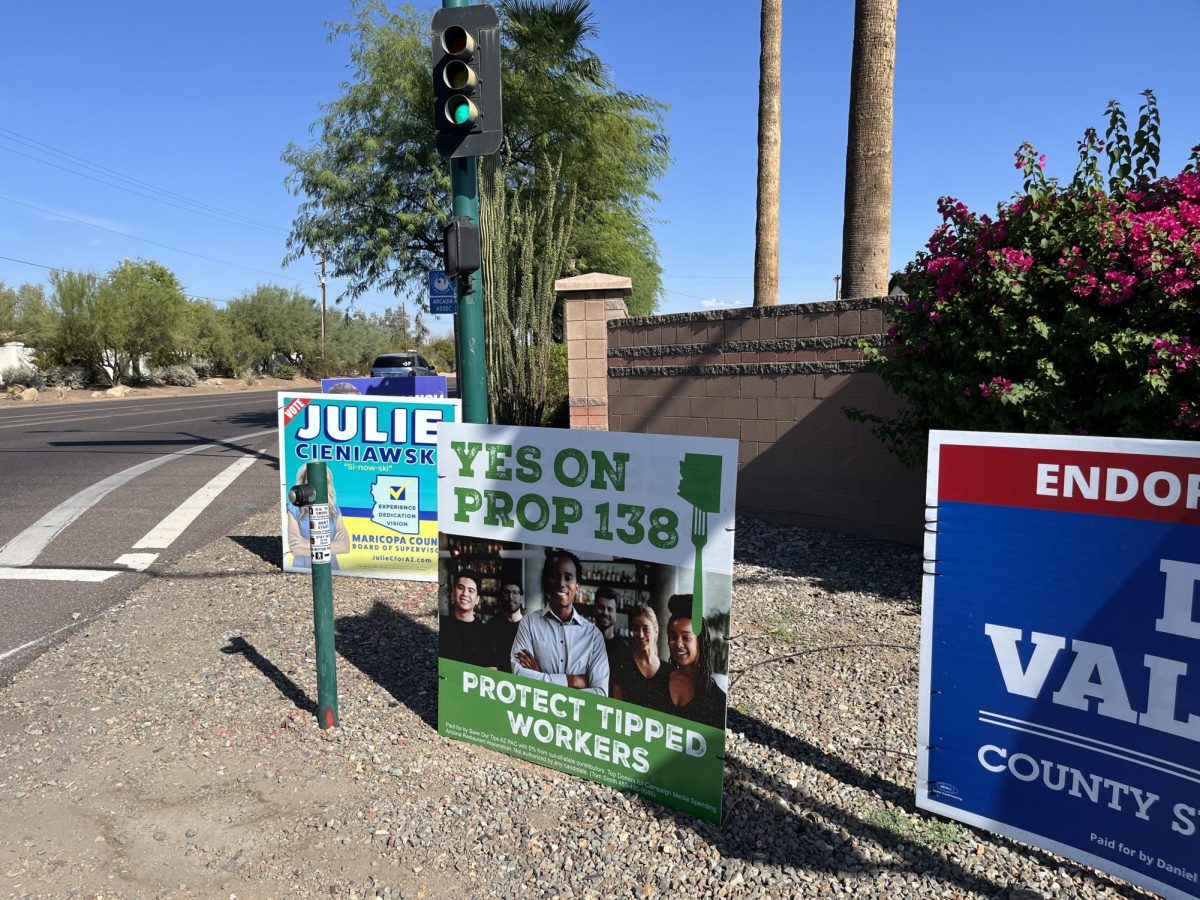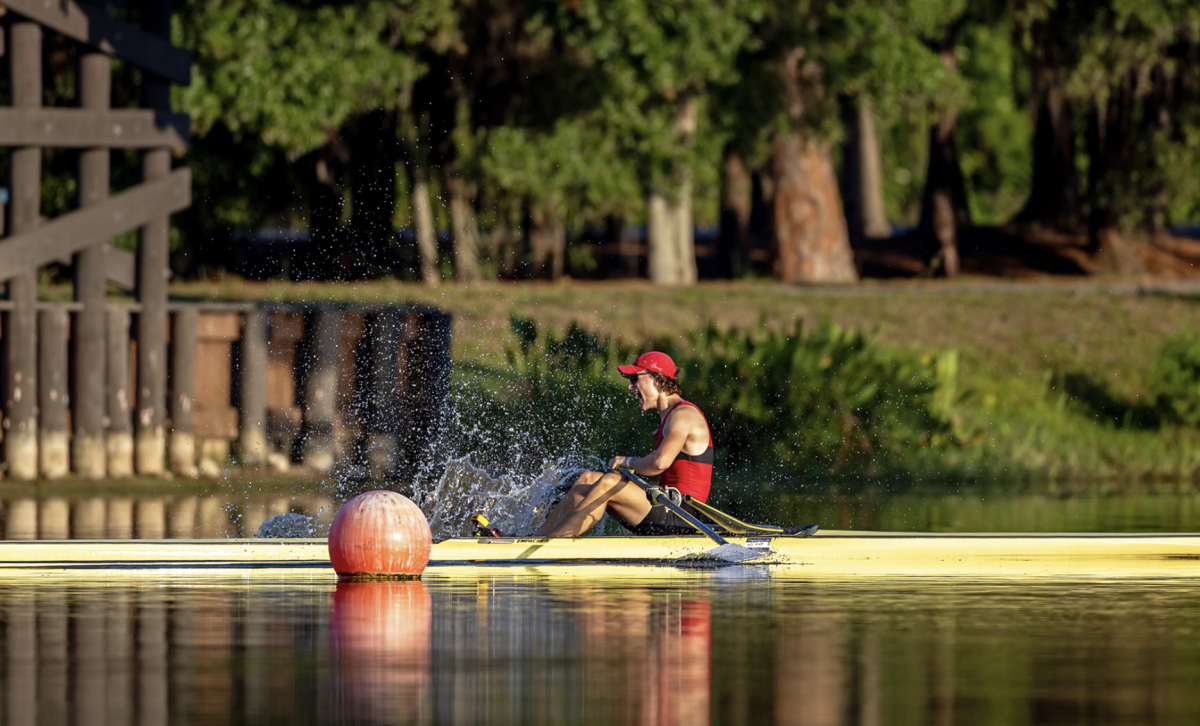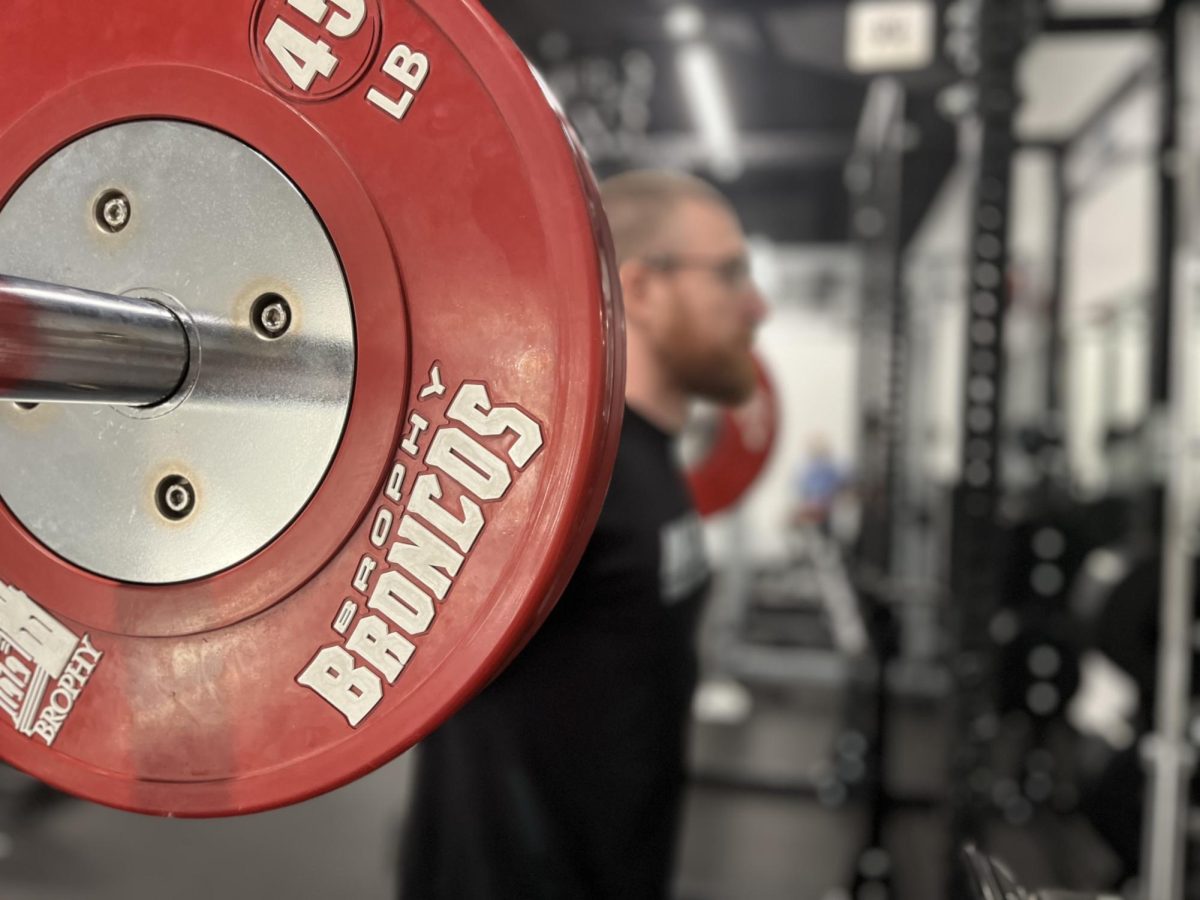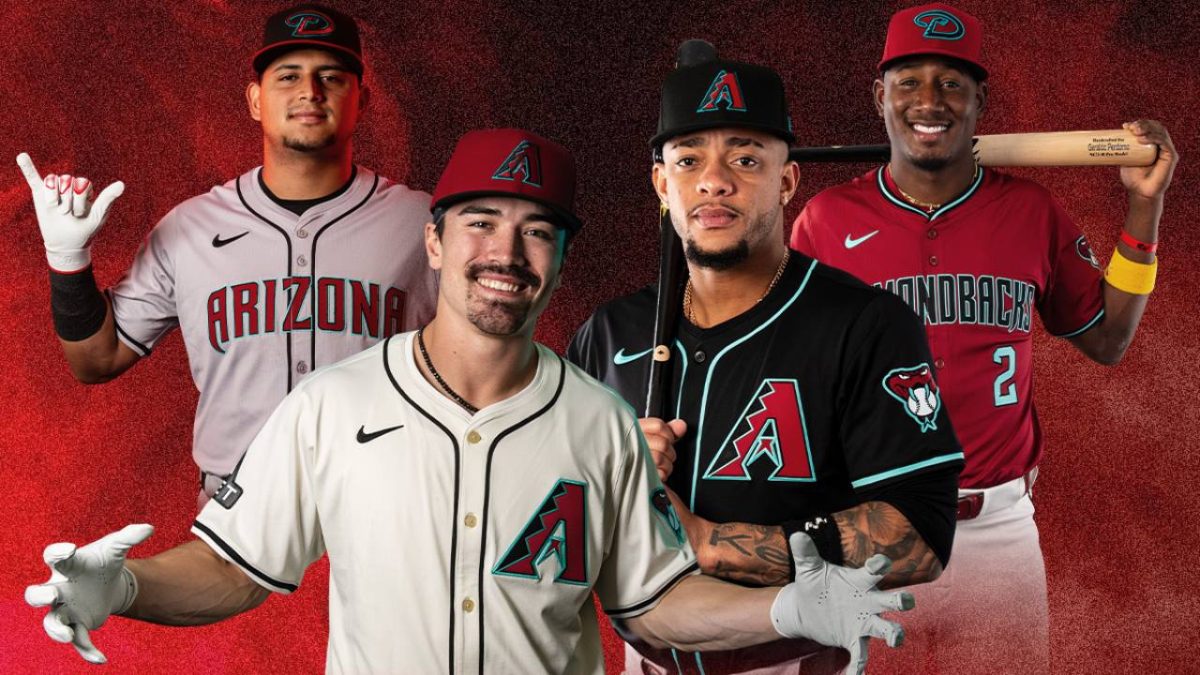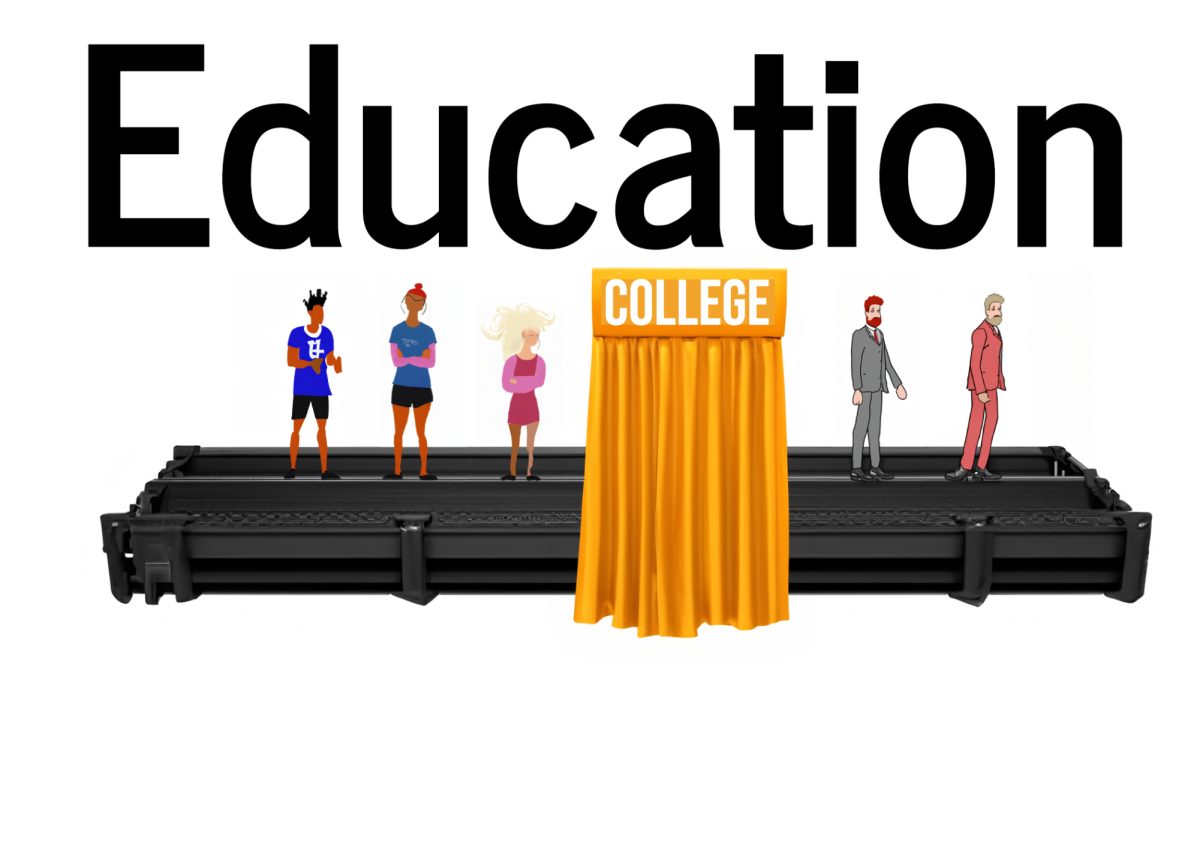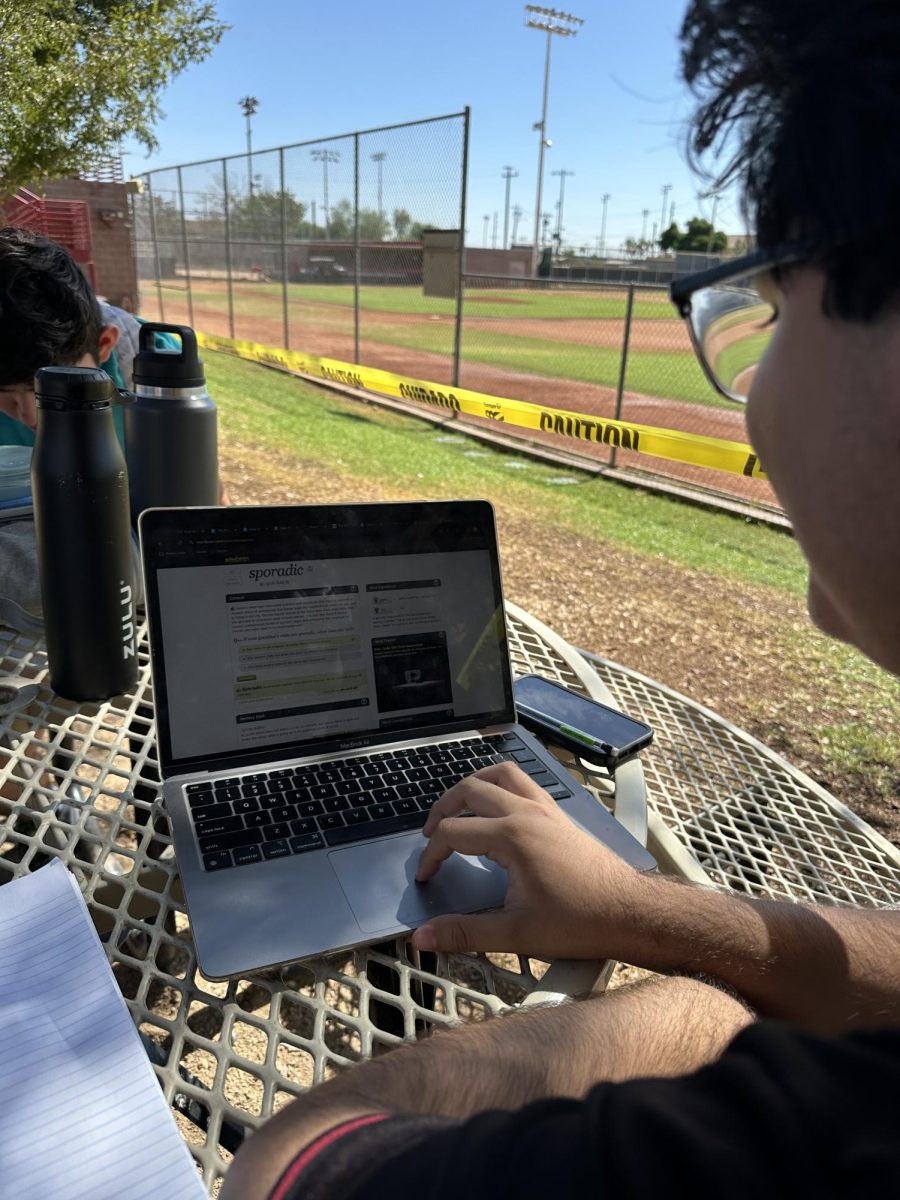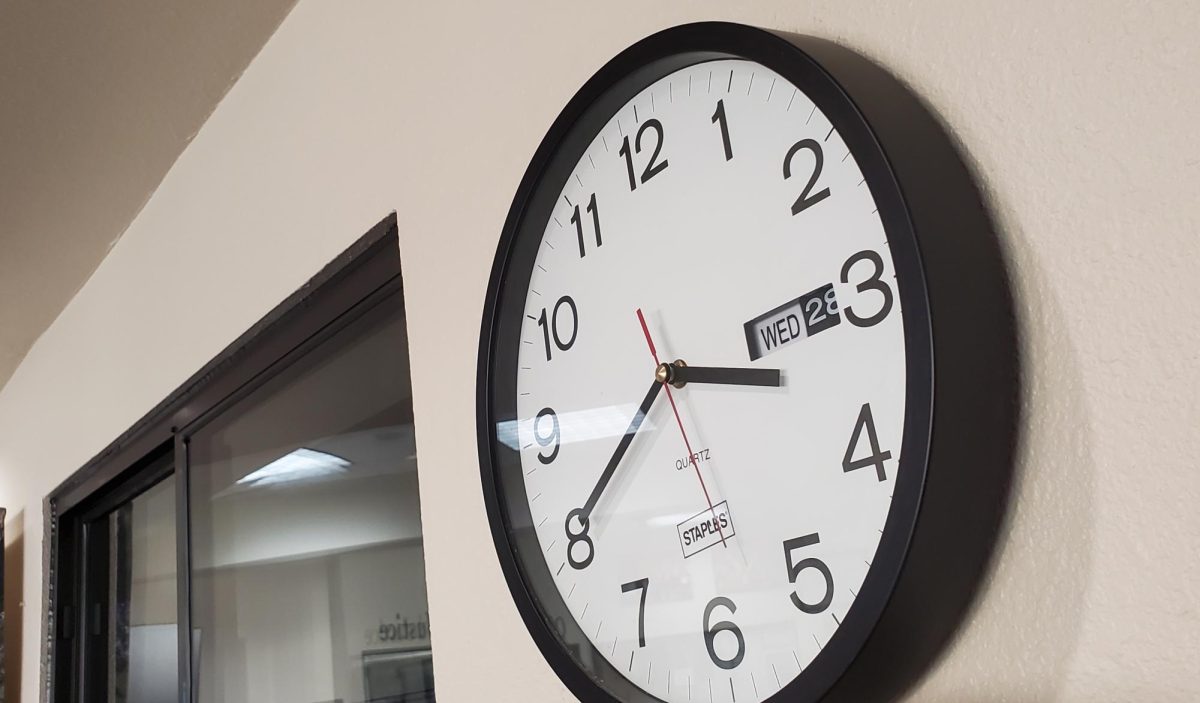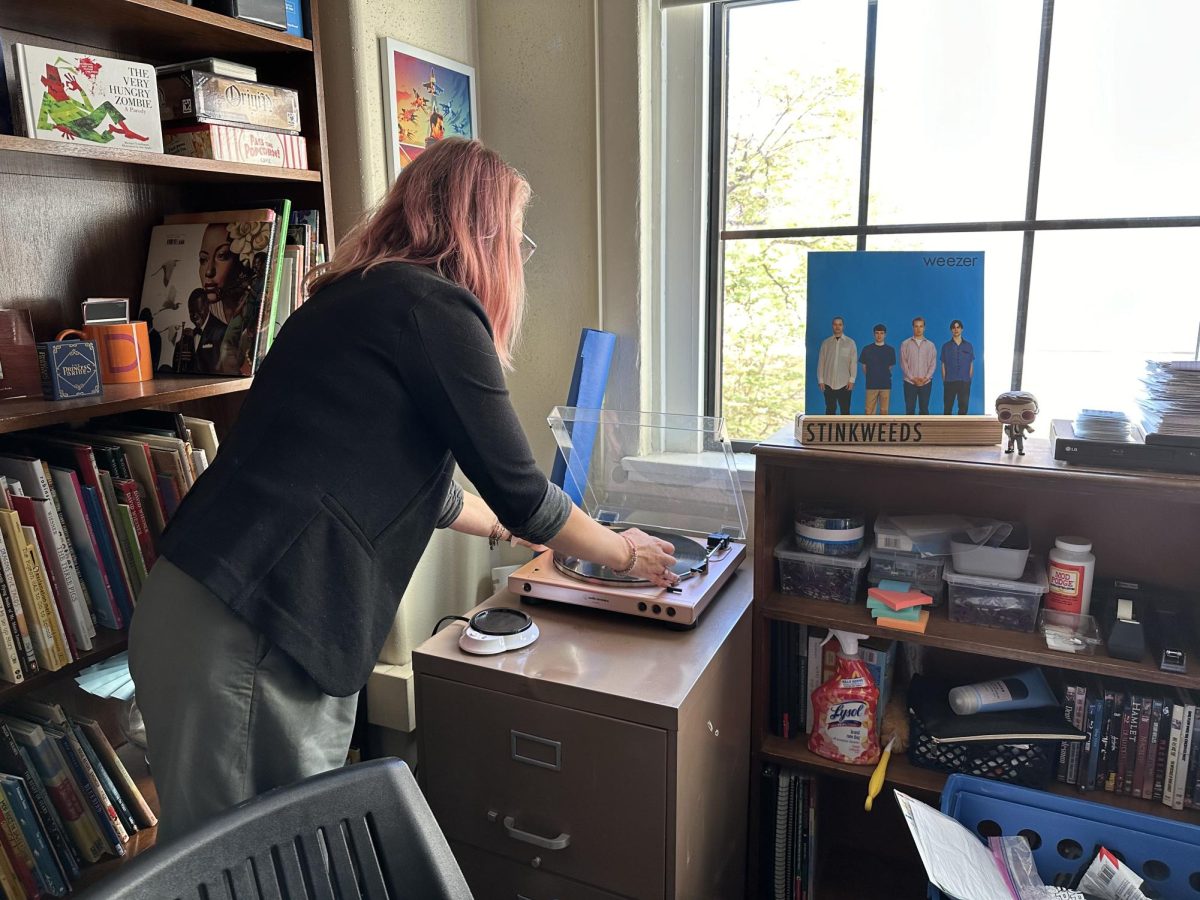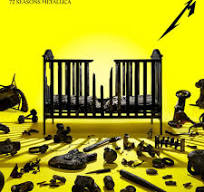Commentary by Andrew Marini ’13
THE ROUNDUP
This year’s Summit topic on the economic opportunity gap presents itself on a daily basis in the form of high school sports.
With the price of college already high and continuing to rise, many teenagers hope to use high school athletics as a pathway to pay for college through scholarships.
The opportunity gap appears when you look at the financial burden of some sports as compared to others.
Obviously all sports at the high school level have some costs attached to them, but some clearly are pricier than others.
Typically club sports like crew, lacrosse and golf have greater costs than sports like wrestling, football and basketball.
With crew boats costing thousands of dollars and football pads being provided by most schools some sports are clearly less accessible than others.
Not all students can afford these sports, and therefore don’t have the opportunity to catch a college scout’s eye.
Time is also a commodity not everyone can afford.
“I typically spend 18 hours per week practicing for crew, and usually get home around eight o’clock,” said Jackson Bentley ’13.
Between the time and monetary commitment crew requires not every student is able to participate.
“Unfortunately boats are expensive pieces of equipment that can break easily, and the sport doesn’t draw a lot of spectators,” Bentley said.
Sports like wrestling are far less financially burdening and still provide a viable way to gain scholarship money for college.
“It doesn’t get as much attention as football or basketball, but it definitely gets noticed,” said Ben Sierpina ’13 when asked about the college attention wrestling draws.
If we can use this summit to discuss the opportunity gap in things such education, part of the discussion should involve finding a solution to making all high school sports more affordable.
In an indirect way this would help make education more affordable for some who otherwise don’t have the same opportunities as others.

